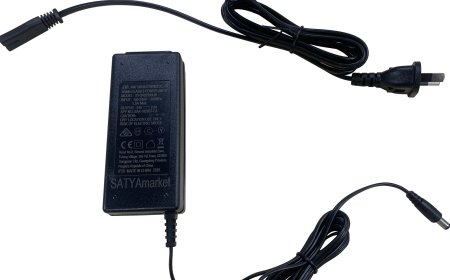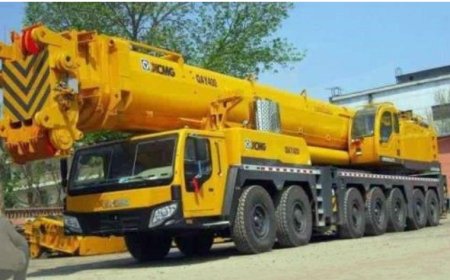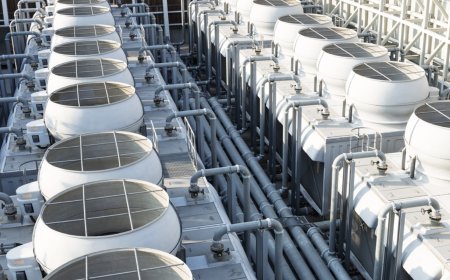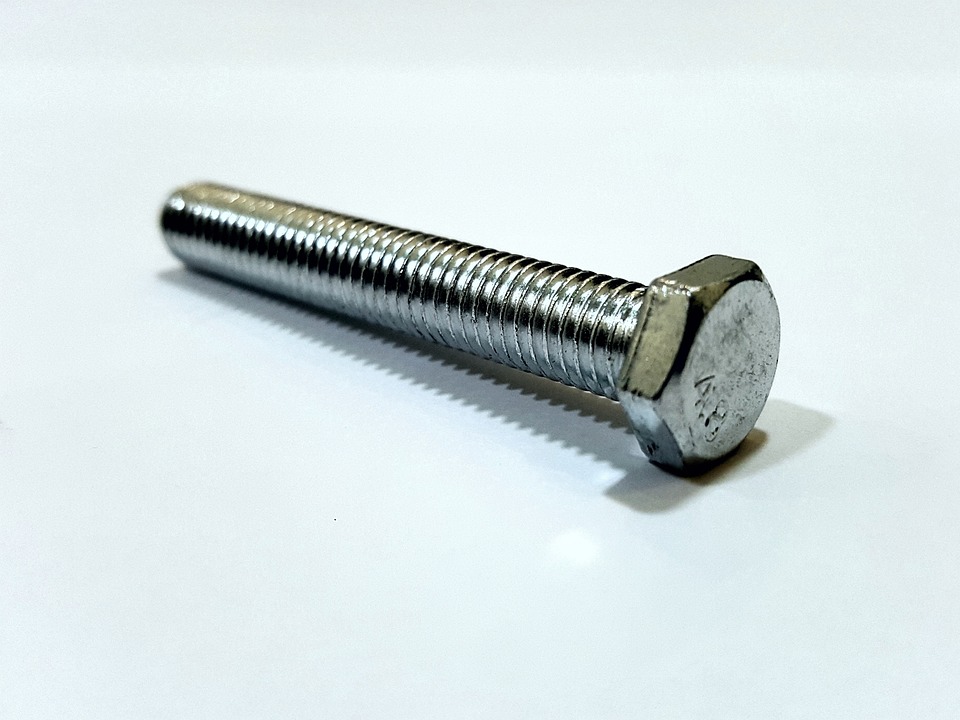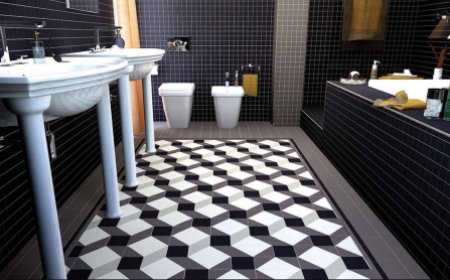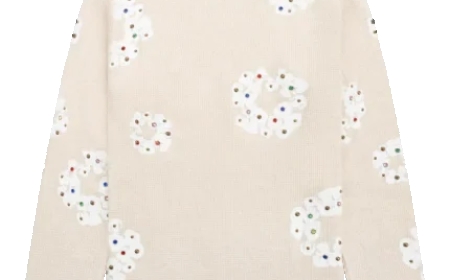What Type of Cover Should Be Used for a Sump Pump in a Radon System?
Learn which sump pump cover is best for a radon mitigation system. Understand the key features to look for and how the right cover improves system efficiency.
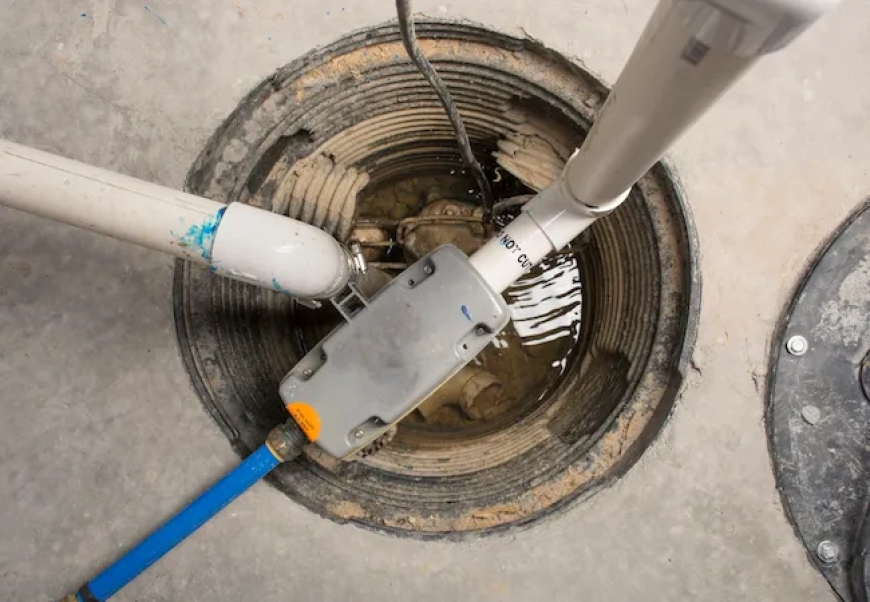
A sump pump is commonly found in basements, especially in areas prone to moisture. When a home requires a radon mitigation system, and a sump pit is already in place, that pit becomes both an asset and a challenge. Sealing it properly is essential to the systems success. Many professionals trust options recommended by companies like Midwest Radon, known for offering tested solutions that focus on efficiency and durability.
Why Sump Pump Covers Matter in Radon Mitigation
A sump pit often connects directly to the soil beneath a home, making it a direct entry point for radon gas. Without a proper cover, radon can leak into the indoor air regardless of how effective the rest of the mitigation system may be. The cover becomes a pressure seal that ensures the suction from the mitigation fan works as intended, pulling gas through the pipes instead of allowing it to escape into living spaces.
The cover doesnt just block radon. It also keeps moisture, odors, and insects from entering the basement. A poor-quality lid can crack or allow air gaps that compromise the systems performance. This makes cover selection a key step in the setup process.
Qualities of an Effective Sump Pump Cover
A suitable sump cover must meet specific requirements. It should be airtight, structurally strong, and able to support routine maintenance. Most covers are made from heavy-duty plastic or reinforced acrylic, materials that provide durability and resistance to cracking. A gasket or sealant is used around the edge to close any potential air gaps between the lid and the pit.
Clear lids are sometimes used so homeowners or inspectors can see inside without removing the cover. However, visibility should not come at the cost of strength or sealing ability. Screws or bolts are typically used to secure the lid to the pit, making sure it stays in place even under pressure or slight movement.
Installation Considerations for Sump Covers
A good cover means little without proper installation. The sump pit edge must be clean and level so that the lid can fit snugly. Once in place, the perimeter is sealed using silicone or other flexible caulking material to eliminate leaks. Any pipes entering or leaving the pit, including those for the pump discharge and radon vent, must be sealed with grommets or flexible collars.
The process must allow for regular pump maintenance or replacement. Thats why removable access panels or sealed openings are often built into the lid. A well-installed cover does not interfere with pump function and maintains the suction integrity of the radon system.
Adapting Covers to Different Pit Sizes and Shapes
Not all sump pits are identical. Some are shallow, others deep. Some are wide with uneven edges, while others are narrow and circular. Choosing a one-size-fits-all solution doesnt always work. Adjustable or customizable covers are often necessary for older homes or pits that have shifted over time.
Professionals may trim a larger lid to fit or fabricate a custom seal around oddly shaped pits. The key goal is always the same: achieve a tight seal without compromising the structural integrity of the lid or the radon systems performance.
How the Right Cover Supports Long-Term System Function
A sealed sump cover is not just a one-time fix. It contributes to the overall efficiency of the radon mitigation system over the long term. With a properly installed and durable lid, the fan works under less strain, which can extend its lifespan. Energy consumption stays within the expected range, and indoor radon levels remain consistently low.
Homes with sealed sump covers also tend to experience fewer moisture issues in the basement. This can prevent mold growth and reduce musty smells, improving the overall air quality. A solid lid protects both the function of the radon system and the comfort of the space it serves.
Final Thoughts on Choosing the Right Cover
Selecting the correct sump pump cover is not an afterthoughtits a crucial decision that affects the entire mitigation process. The right lid provides a tight seal, supports proper fan operation, and contributes to a safer indoor environment. Investing in quality materials and careful installation pays off through better system performance and fewer long-term issues.
Taking time to understand the needs of the sump pit, the specifications of the fan, and the layout of the space helps guide the best choice. With the correct cover in place, the radon mitigation system can do its job effectively and continuously without interruption or compromise.
